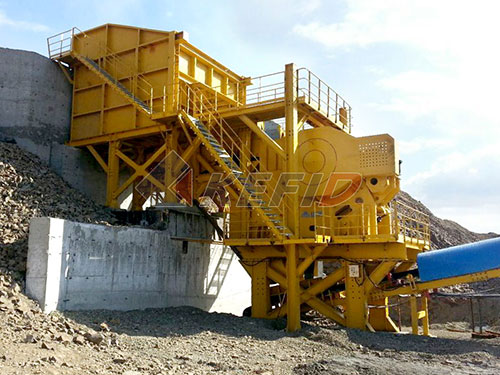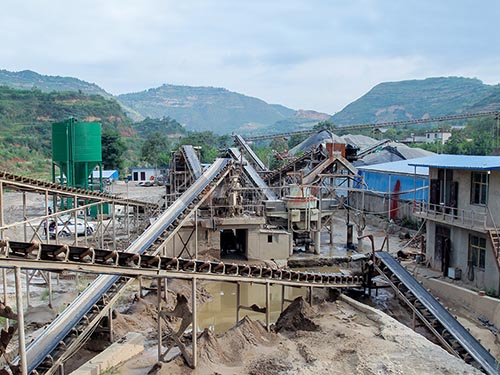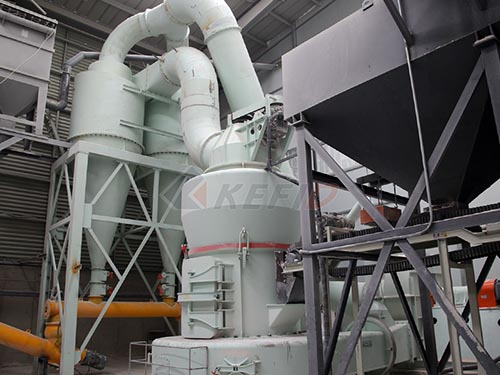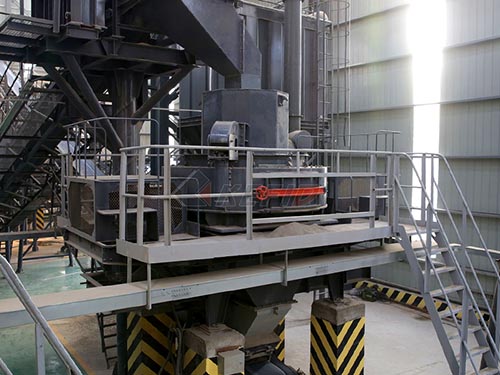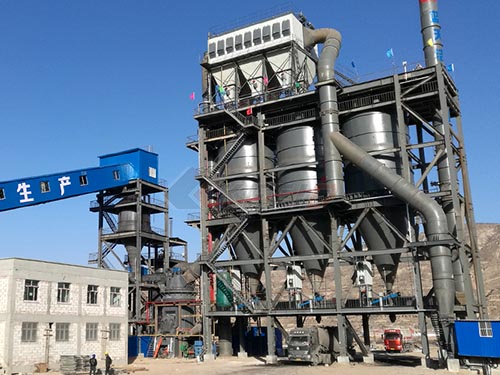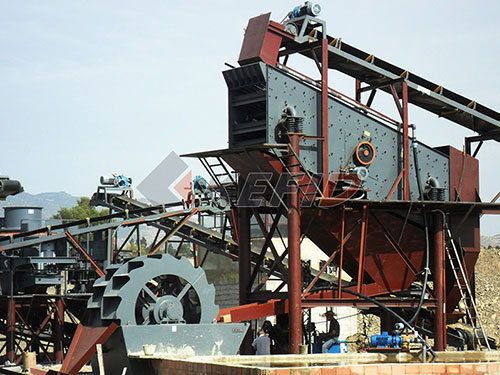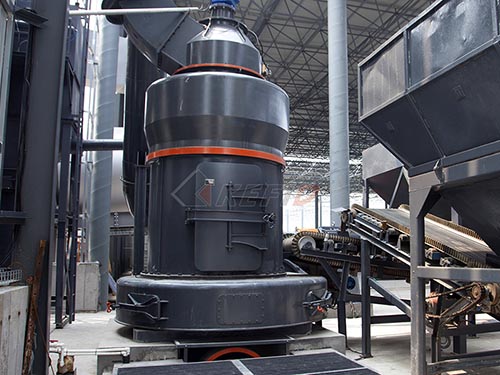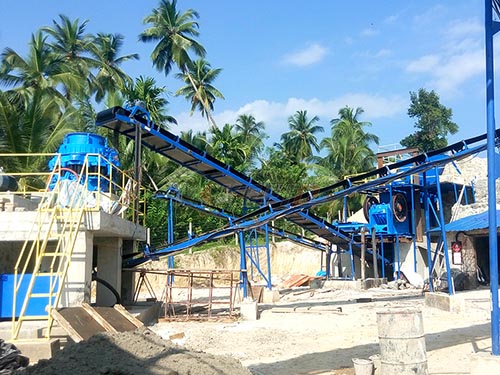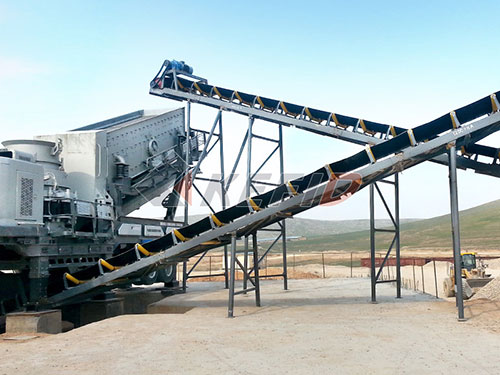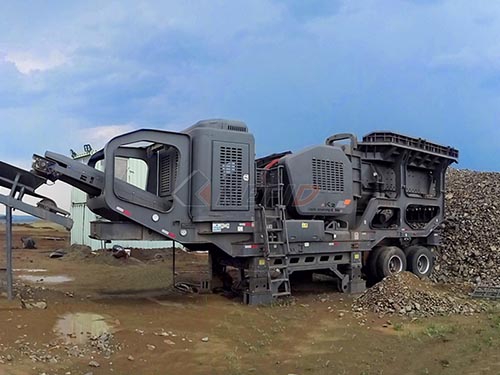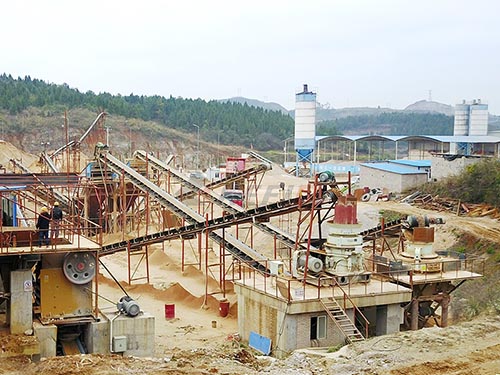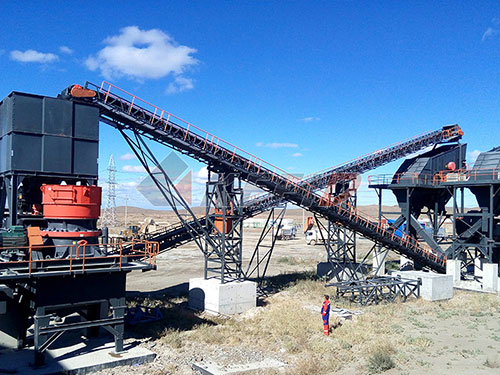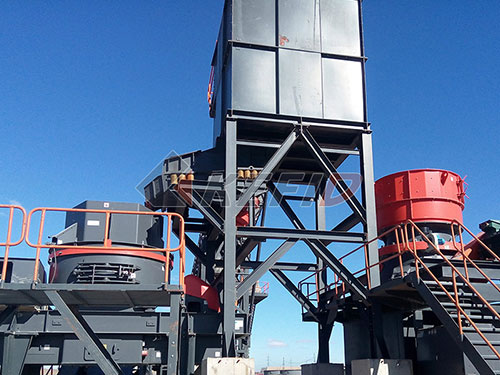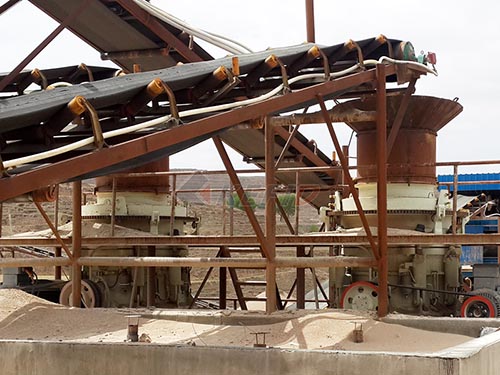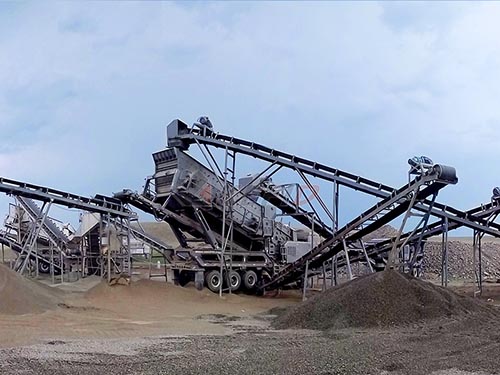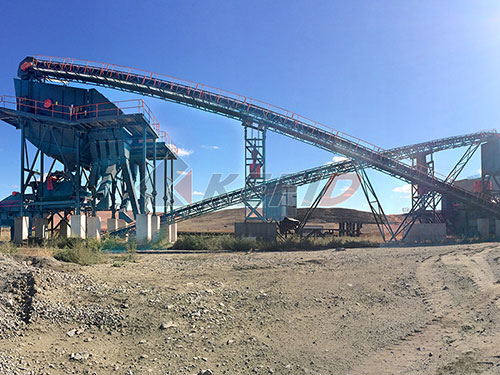Beyond the Price Tag: Demystifying Total Cost of Ownership for Mobile Crushers in Mexico
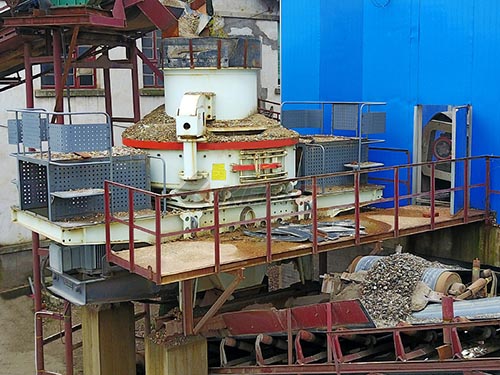
Mexico’s vibrant construction, mining, and recycling sectors are driving unprecedented demand for efficient aggregate processing solutions. Mobile crushers, offering unparalleled flexibility and on-site processing capabilities, have become indispensable tools. However, savvy project managers and procurement specialists understand that the initial purchase price is merely the tip of the iceberg when evaluating potential Mobile Crusher Suppliers in Mexico. The true financial impact lies in the Total Cost of Ownership (TCO), a comprehensive calculation encompassing every expense incurred throughout the machine’s operational life. Selecting a supplier solely based on sticker price can lead to significant long-term financial pitfalls.
Understanding the TCO Framework for Mobile Crushers
TCO analysis moves beyond simple acquisition cost to provide a holistic view of financial commitment. For mobile crushers in Mexico’s diverse and often challenging environment, this framework typically includes:
1. Initial Acquisition Cost: The base price of the crusher itself.
2. Delivery, Importation & Logistics: Costs associated with transporting the machine from its origin (often overseas) to your site in Mexico, including freight, insurance, customs duties (derechos de importación), import taxes (IVA – currently 16%), brokerage fees (agente aduanal), and inland transportation.
3. Installation & Commissioning: Expenses for setting up the machine on-site, initial calibration, integration with auxiliary equipment (like loaders or excavators), operator training provided by the supplier or third parties, and ensuring it meets operational specifications.
4. Operational Costs:
Fuel Consumption: A major ongoing expense heavily influenced by engine efficiency, machine weight, working intensity (hardness of material), travel distance between sites or within large quarries/mines.
Wear Parts & Consumables: Regular replacement costs for critical components like jaw dies, cone liners/mantles, impact hammers/blow bars, screen meshes/decks, conveyor belts, filters (oil, air, fuel), hydraulic hoses/fittings, and lubricants/greases specific to Mexican conditions (dust levels can be extreme).
Labor: Operator wages and benefits; specialized maintenance technician costs if not covered internally.

Energy Consumption: For electrically powered components or hybrid units.
5. Maintenance & Repairs:
Planned Maintenance: Costs of scheduled servicing according to manufacturer recommendations – oil changes (using correct viscosity


